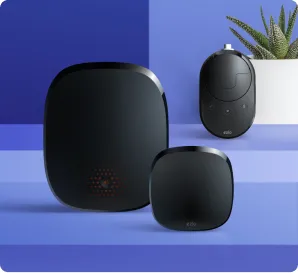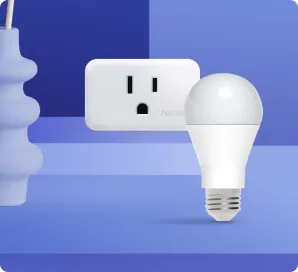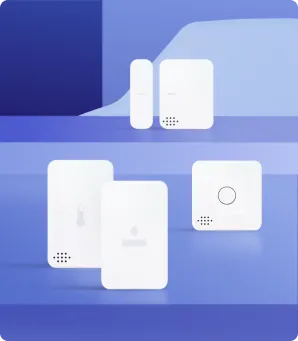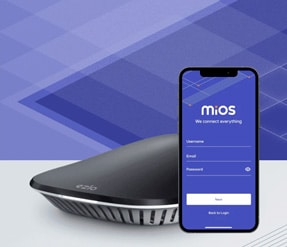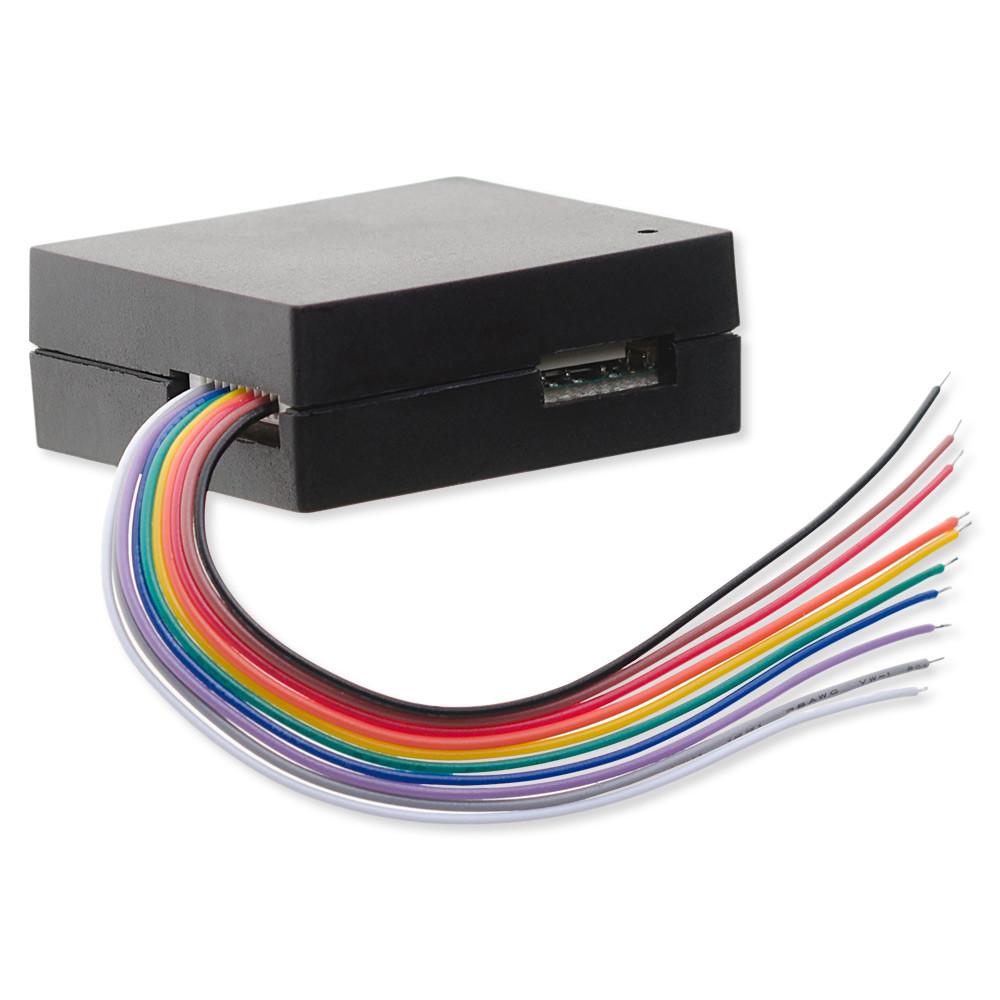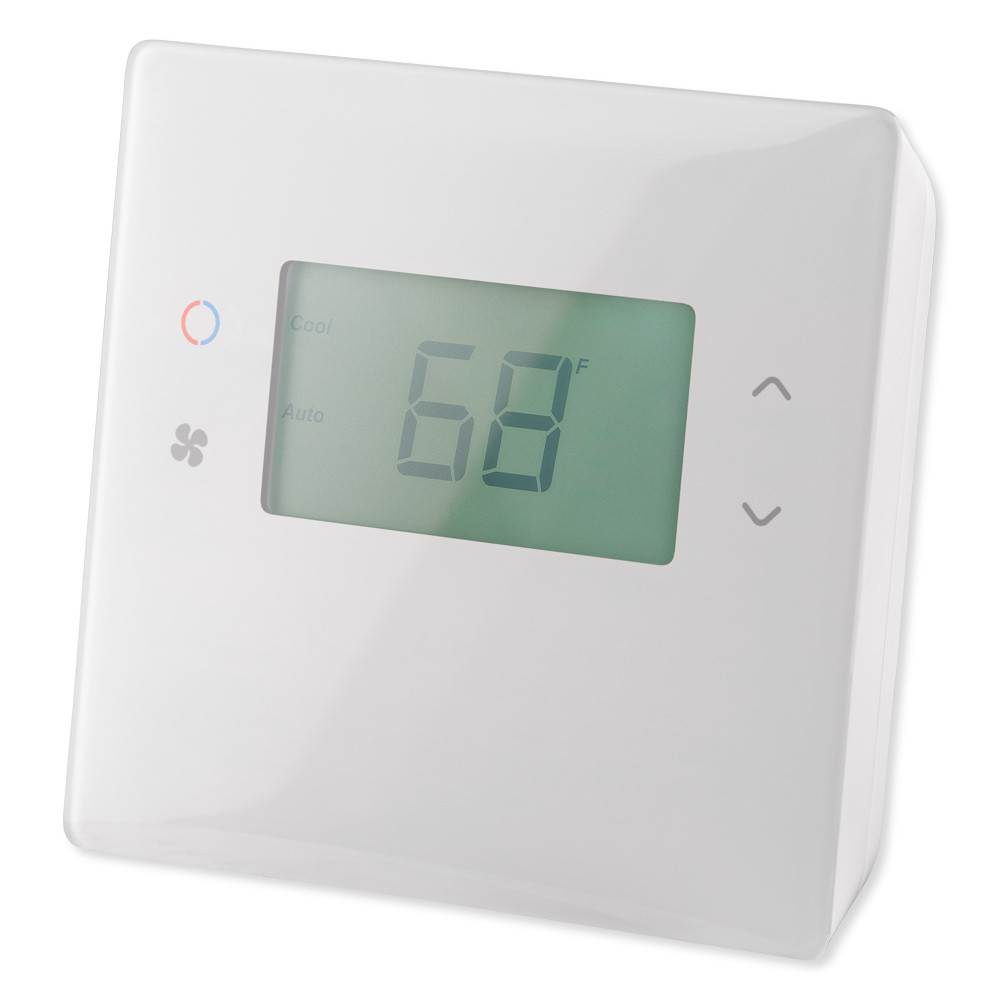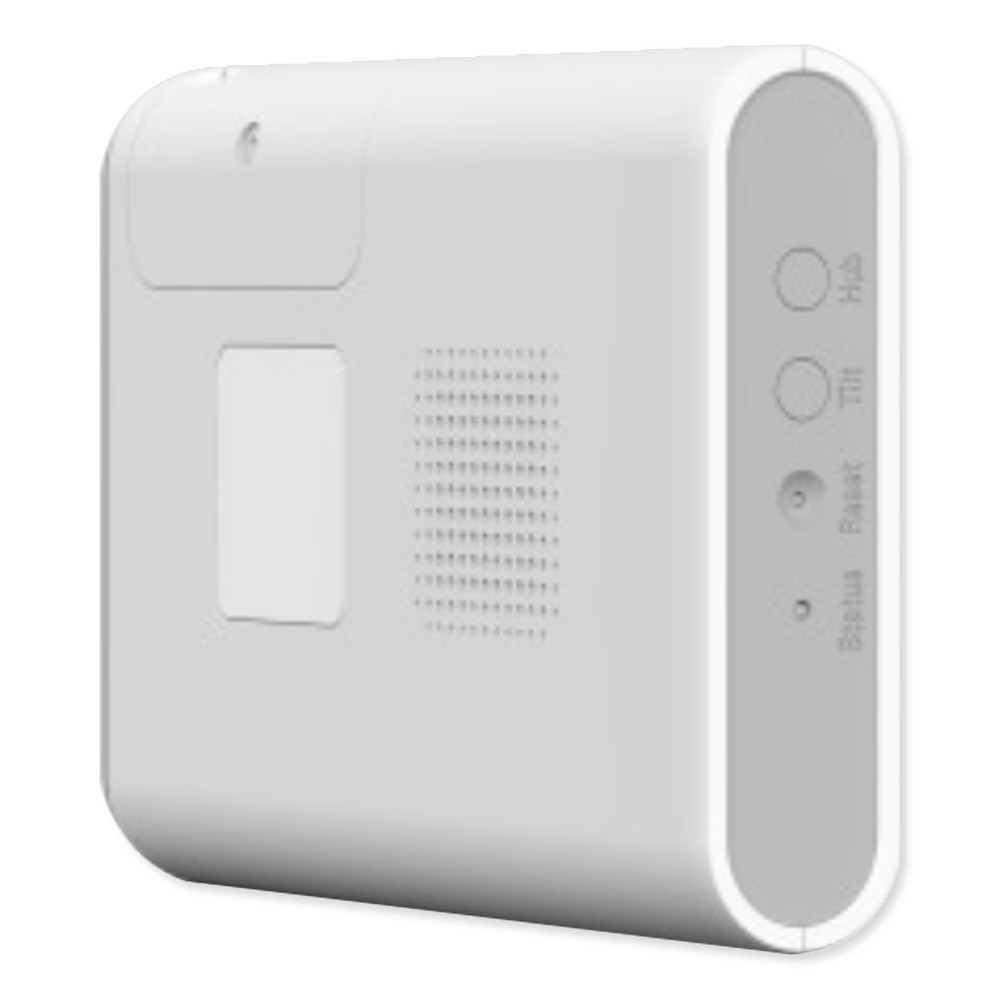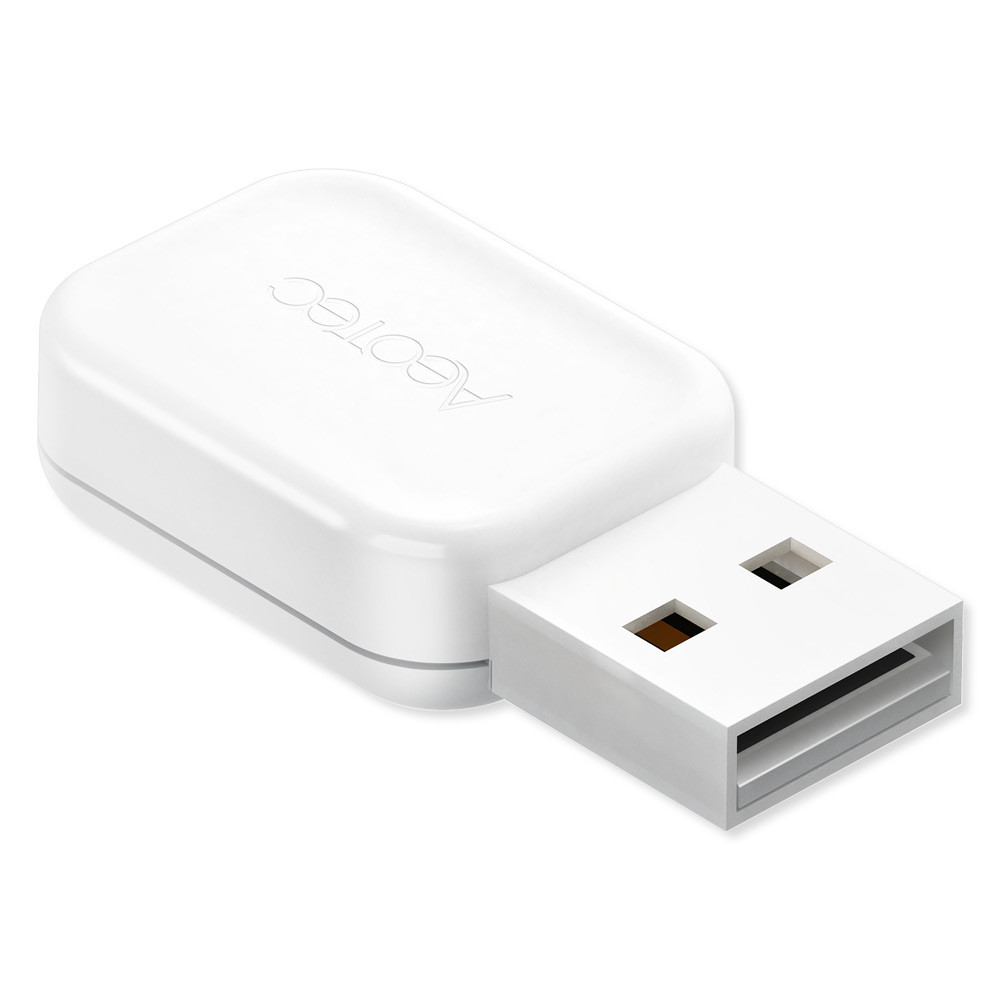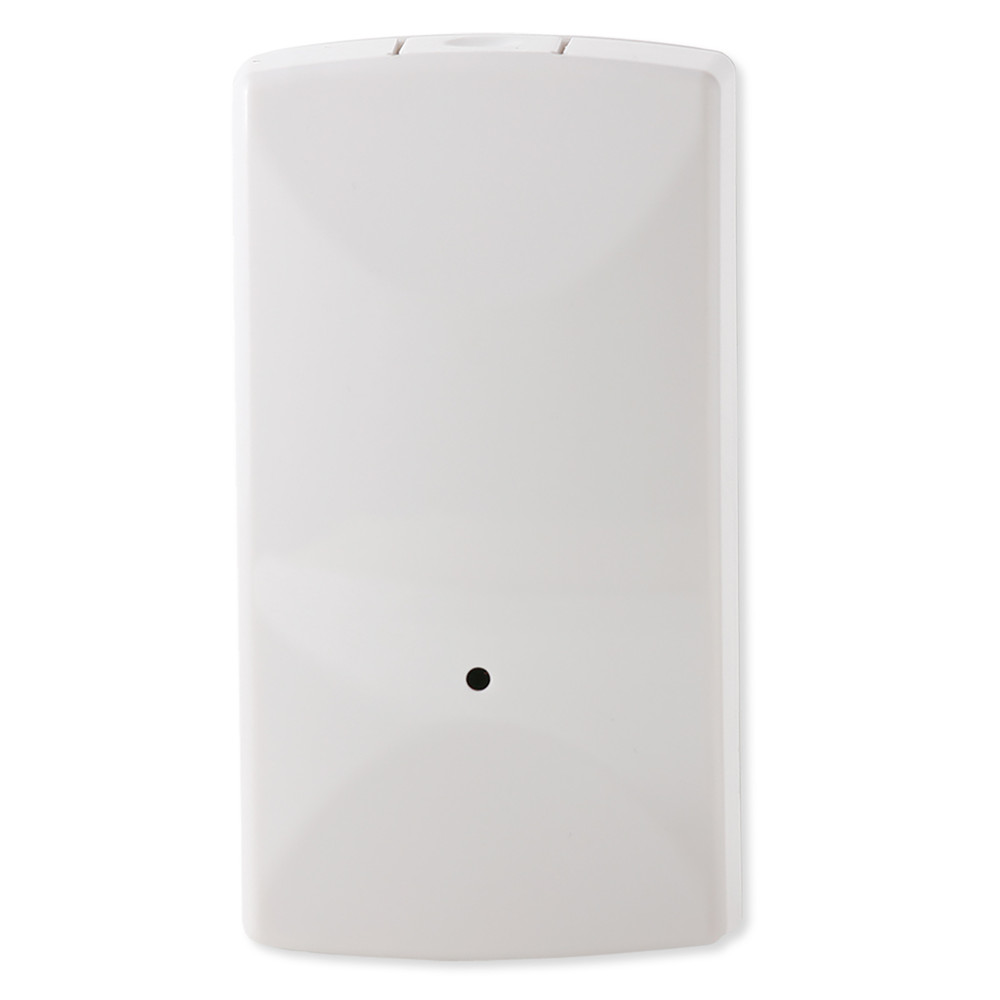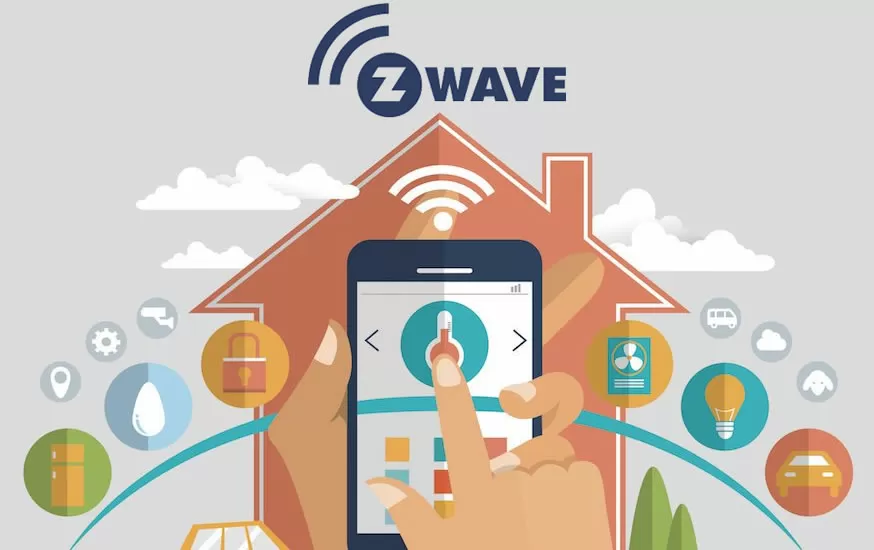As the smart home becomes more intelligent, innovators keep looking for ways to improve connectivity, including the integration of Z-Wave Hub technology. Nobody wants to buy a device that won’t work because of its distance from the router. More innovators are now preferring to use mesh networks, enhanced by Z-Wave Hub capabilities, where each device passes data to the next device in your system until it reaches the hub, and vice versa.
What is Z Wave?
Z-Wave is a wireless protocol that sends data between various devices. It utilizes low-energy radio waves to transmit information. You can use it to control everything from security systems, to opening and closing doors and thermostats. You can use Z-Wave controllers, such as Z-wave gateway, smartphones, or key fobs.
Zensys, a Danish company, developed Z-Wave in 2001 as a system that controlled lights only. Z-Wave Plus was designed in 2013, offering a more extensive range, more memory, and improved battery life. The Z-Wave Alliance was formed in 2005 to promote Z Wave technology. Z-Wave networks can support over 200 devices, with a range of at least 30 meters between them. Obstacles such as walls shorten the distance. Z-Wave devices operate on 908.42MHz frequency, which allows them to stay clear of the frequency that your home Wi-Fi uses.
What Z Wave devices are available?
All smart devices that support Z-wave are compatible with each other, the brand notwithstanding, and must be Z-Wave Alliance certified. These intelligent devices include locks, switches, thermostats, and others.
The available lists of devices that use Z-Wave technology include:
- Fibaro Flood Sensor
- Kwikset Obsidian Smart Lock
- Yale Keyfree Connected
- Logitech Home Harmony Hub Extender
- D-Link mydlink sensors
- August Smart Lock
- Somfy ILT Series blinds
- Ring Door/Window Sensor
- Oomi Dual In-Wall Switch
- Zipato Bulb 2
- Abode Gateway
- ADT Security Hub
- GE Lighting Control
Why are Z-Wave devices important for home automation?
Z-wave is essential for home automation for several reasons:
1. Easy to Install
Most people read about setting up electronic devices and mostly pay technicians to do the installation. Z-Wave’s SmartStart is a feature that makes the installation of devices easy. SmartStart means all the devices are pre-configured before the device is sent out to stores. Installing a new device is as easy as powering it. The network gateway will automatically recognize the device and form a connection with it.
By scanning the device’s QR code, you can inform your gateway that you have added a new device, recognize it, and connect to the device. If not, you will get prompts on how to connect the device.
2. Interoperability
By design, Z-wave devices are compatible, regardless of brand, type, version, or manufacturer. The list of certified Z-wave products ballooned to 2,600 in 2019, up from 1,700 in 2017. This aspect of interoperability removes the worry about compatibility when you are using multiple devices. As long as a Z-wave device is certified, it will work with other Z-wave devices.
3. Low Power Usage
Some Z Wave smart home devices use power, and some use a battery. These devices are mainly sensors that do not work continuously throughout the day, such as window sensors. The primary purpose of a smart device is to provide convenience, and depleted power consumption is critical for this purpose.
The future role of the Z-Wave Alliance
According to Silicon Labs, the Z-Wave Alliance will become the organization responsible for the Z-wave specification standards. The alliance will be responsible for managing the Z-wave certification program that ensures Z-wave device compatibility.
By mid-2020, the Z-wave specification will also include the ITU. G9959 PHY/MAC radio specification is the ingredient needed to build the Z-Wave chips, the host-device communication protocol, and the network and application layers. This enables the rest of the silicon manufacturers to create Z-Wave chips and bypass Silicon Labs as the only source of Z-Wave parts for end-product manufacturers.
Benefits of using Z-Wave Products
The benefits of using Z-Wave products include:Z-Wave Devices Buying Guide
- Energy Conservation
Z-Wave technology helps in energy conservation in different ways, such as appliances and lights getting turned on and off at scheduled times. Z-wave hub technology helps automate homes and makes it easy to access them remotely, expand connections, and conserve energy.
- Availability and Compatibility
Currently, there are nearly 1000 Z-wave products, which are compatible with each other. All Z Wave products are readily available and compatible with each other.
- Wireless Technology
Z-wave hub allows the average household gadgets and products such as thermostats, door locks, and lights smart. When these products are connected to Z-wave, they can communicate wireless and controlled via PC, tablet, or phone.
At the moment, you can choose almost 1,000 Z-wave compatible products, so you can choose what works best for you.
Z-Wave Devices Buying Guide
Before buying Z-wave devices, here are some things to look out for:
- Z-Wave Alliance Certification
With the Z-Wave certification, you are assured that your device is compatible with other Z-Wave devices from different brands. This is both compatibility and interoperability at its best, and smart devices from different manufacturers can easily communicate.
- Country The Device is Meant For
Some smart devices have versions meant for the U.S and Canada, with a different version for the European market. This is probably because of the different certifications and standards for various countries. Before buying, check if the device is meant for your country.
- Check if Smart device Packages are Available.
Sometimes, smart device kits and packages, which include these intelligent devices, are available. Instead of purchasing the tools singly, you can buy them in sets or packages. This is cheaper for you in the long run.
- Plan What to Buy
Ensure you make a list of everything you want to automate. List everything you need to replace, and what needs to be purchased. Include the cost of replacing and removing the current manual devices you own.
Conclusion
If you want to automate your home, you must make careful consideration of what you need to replace and consider the costs. The Z-Wave Alliance has made things easy, especially with so many compatible devices in the market. As long as a device uses a Z-wave hub, it can communicate with others using the same protocol.

